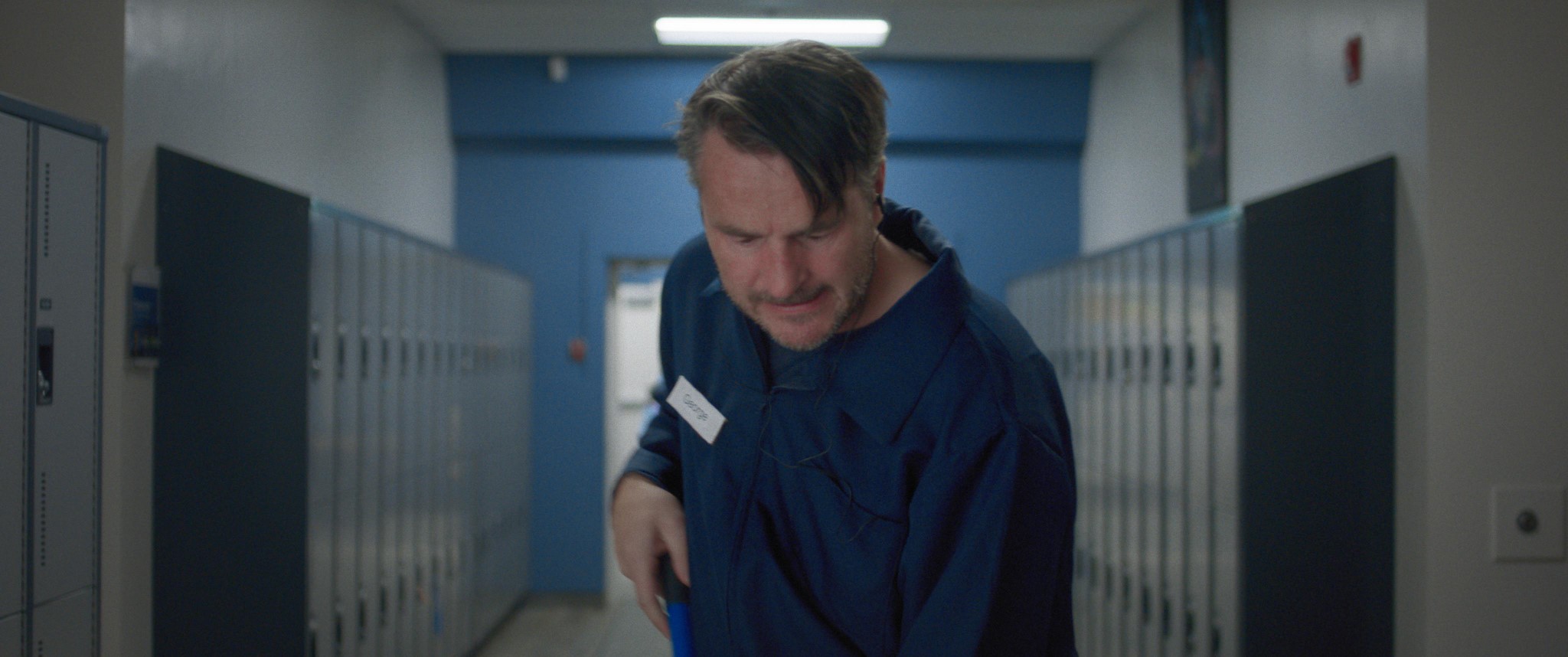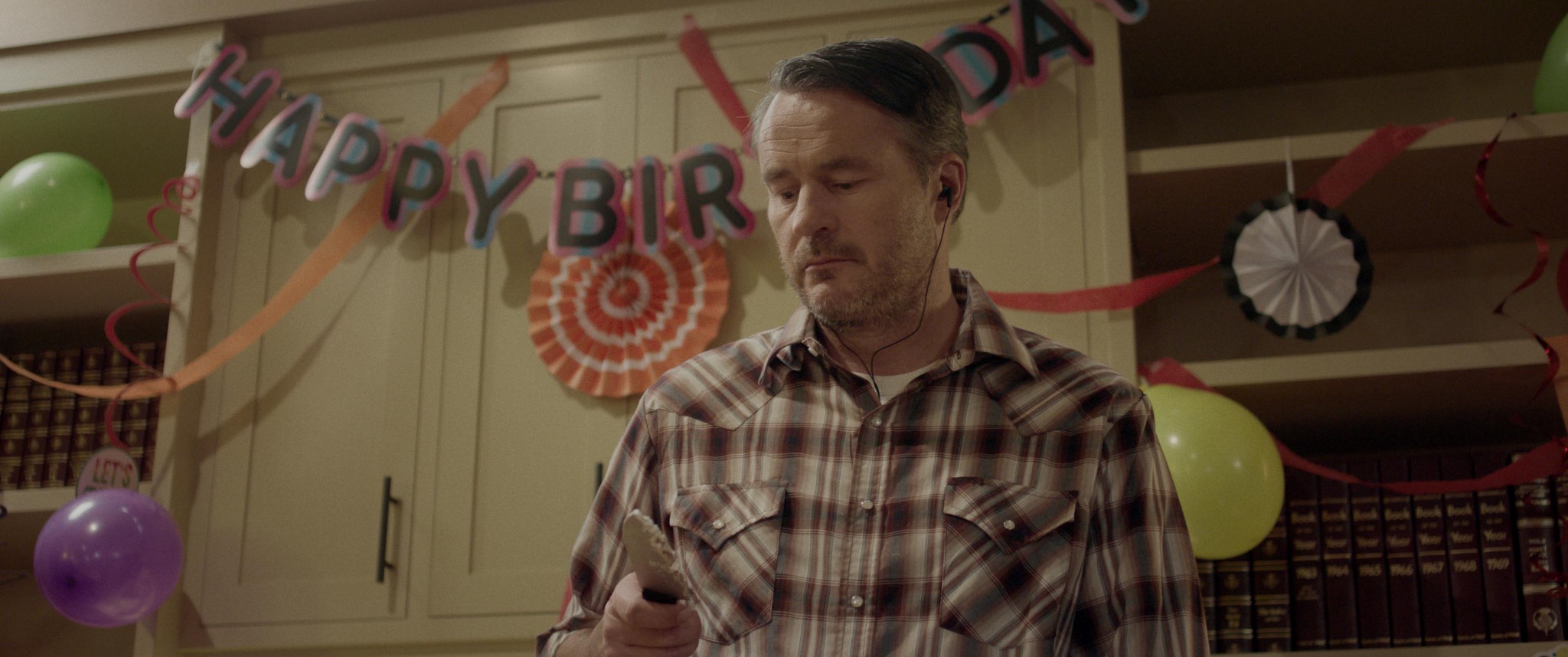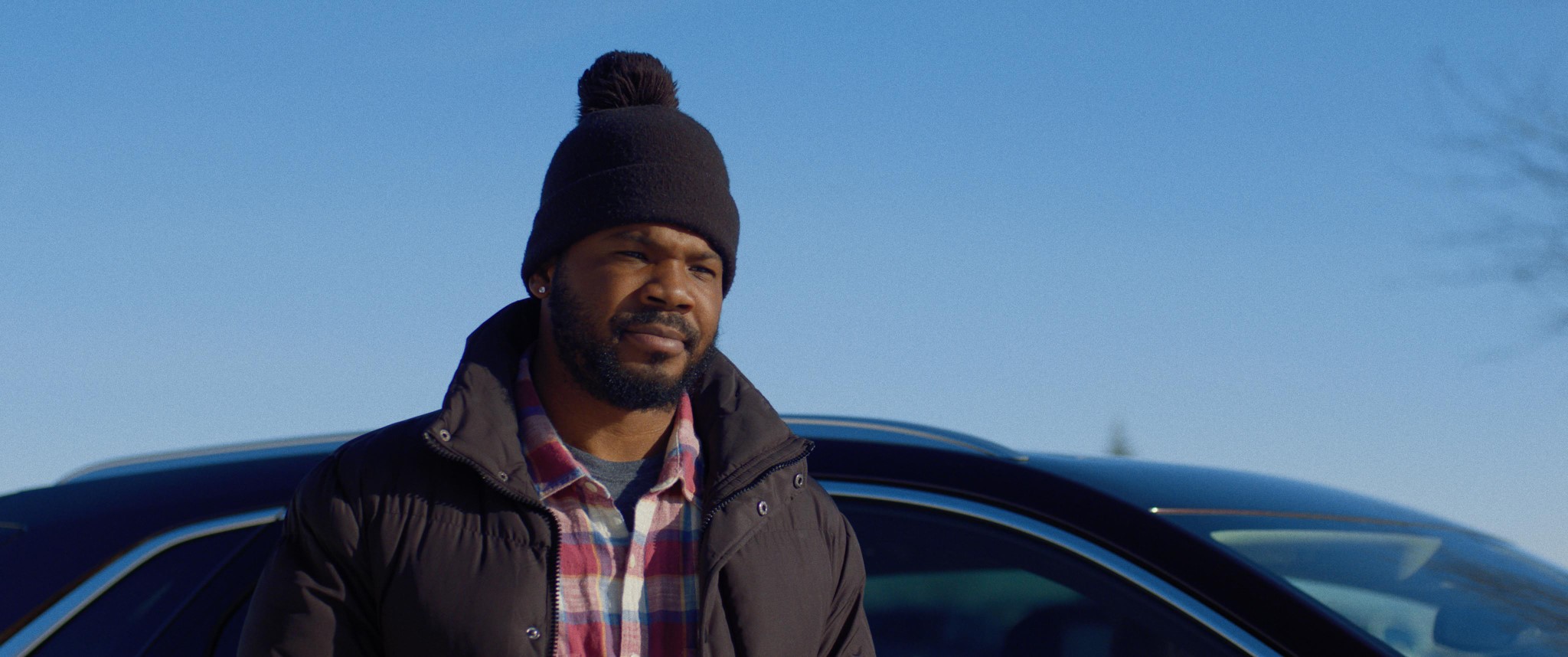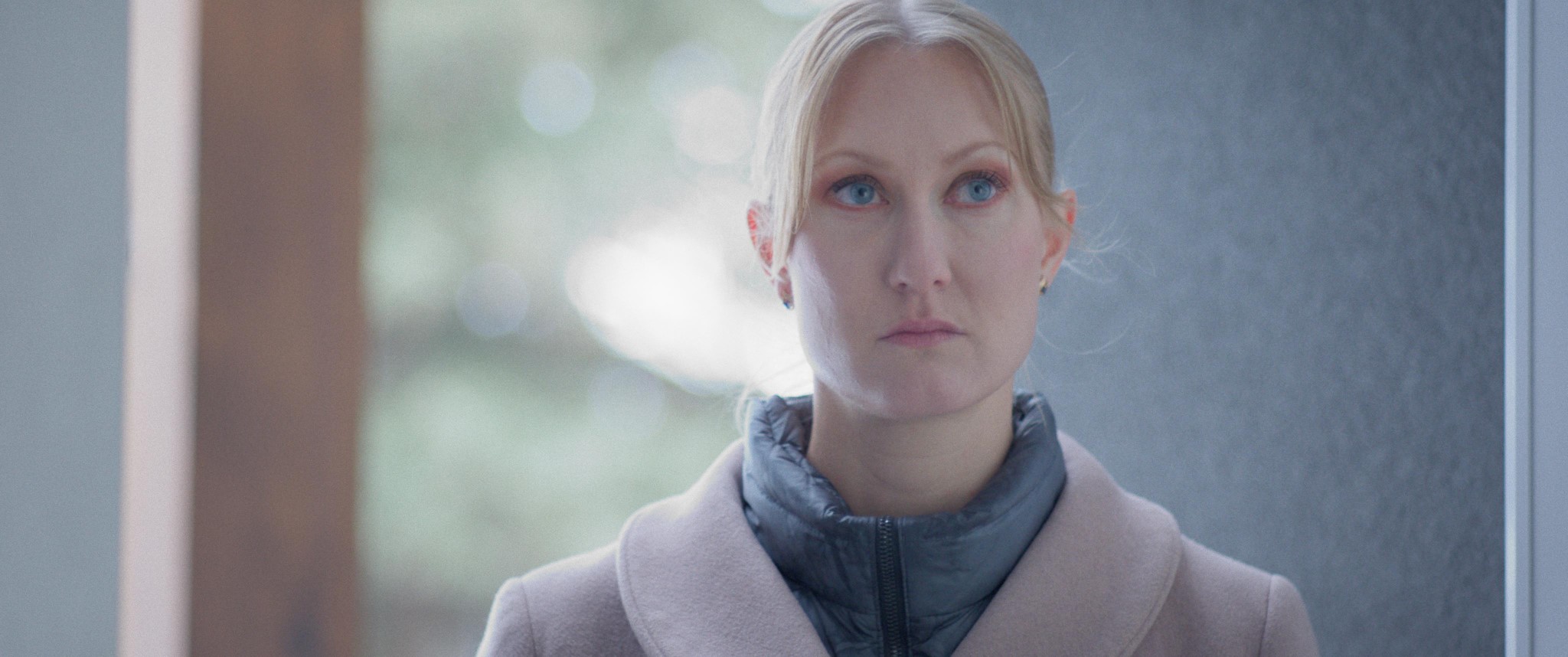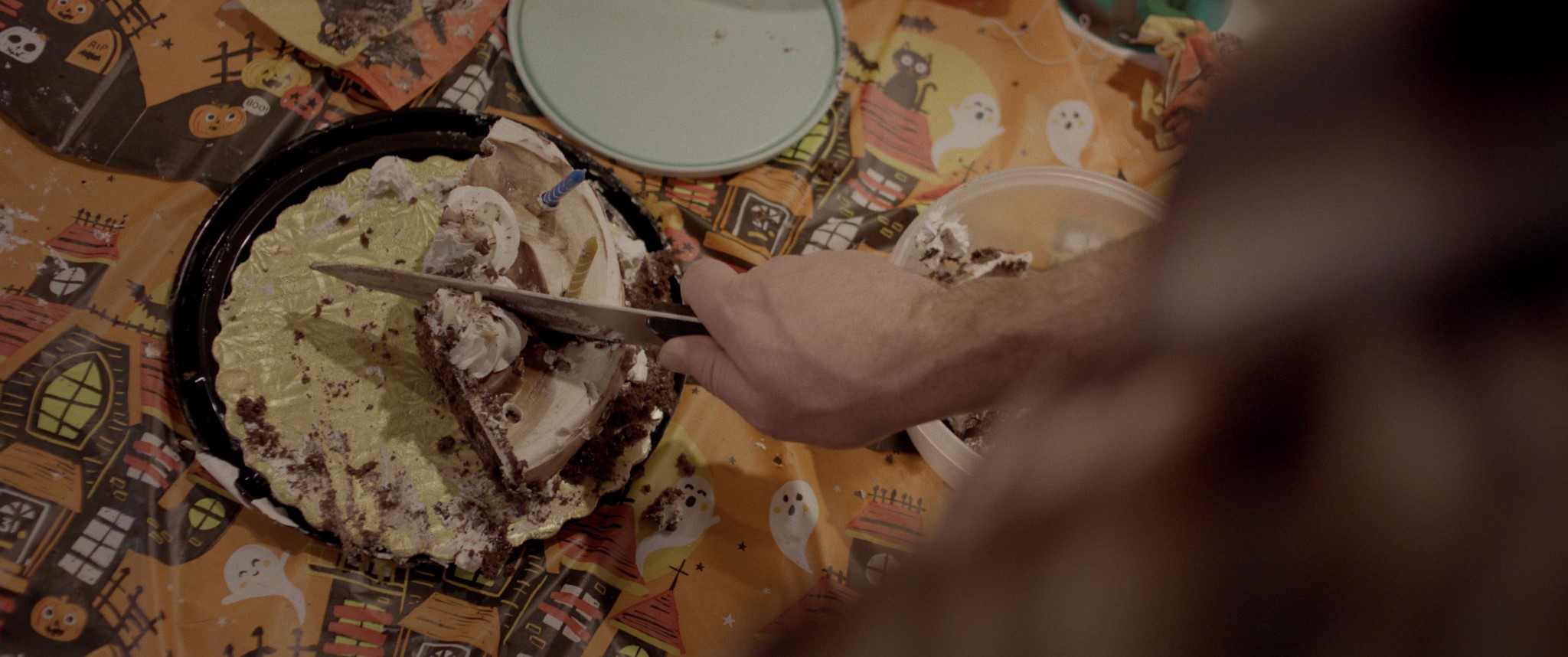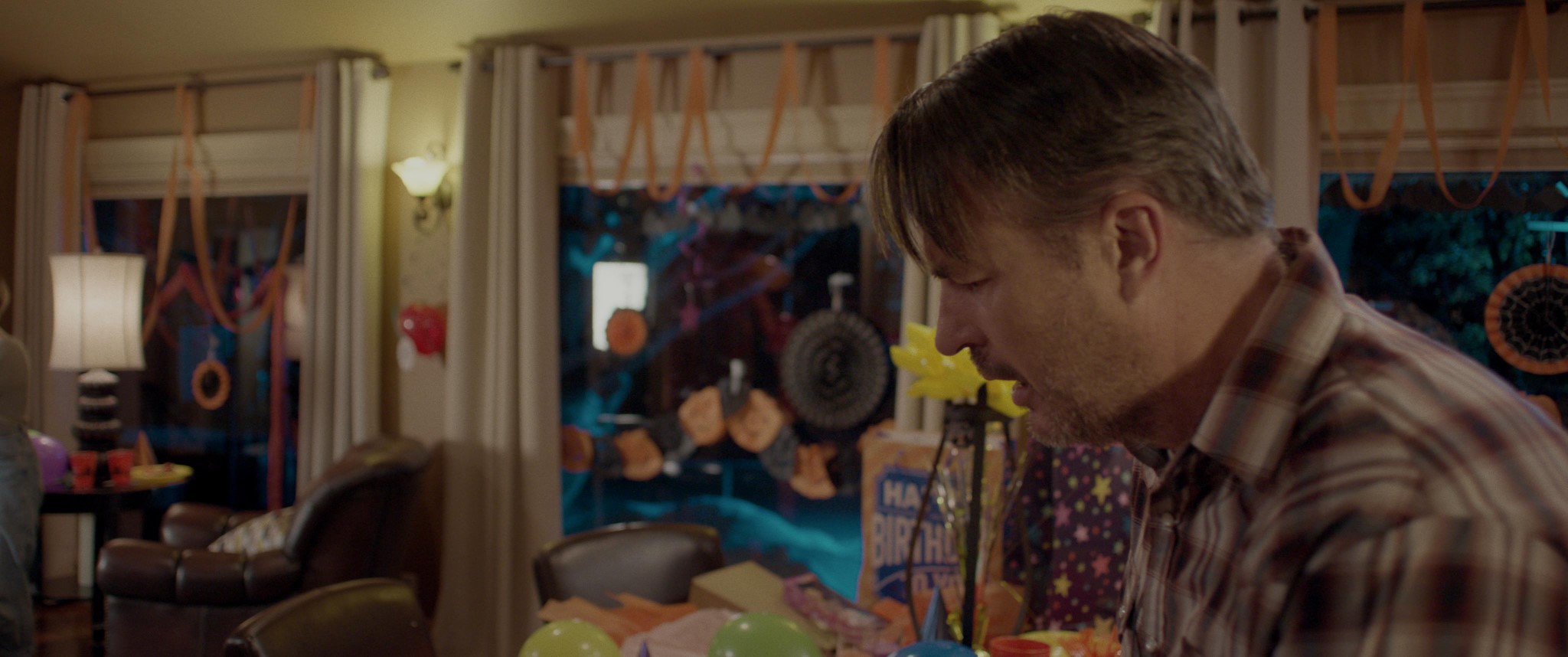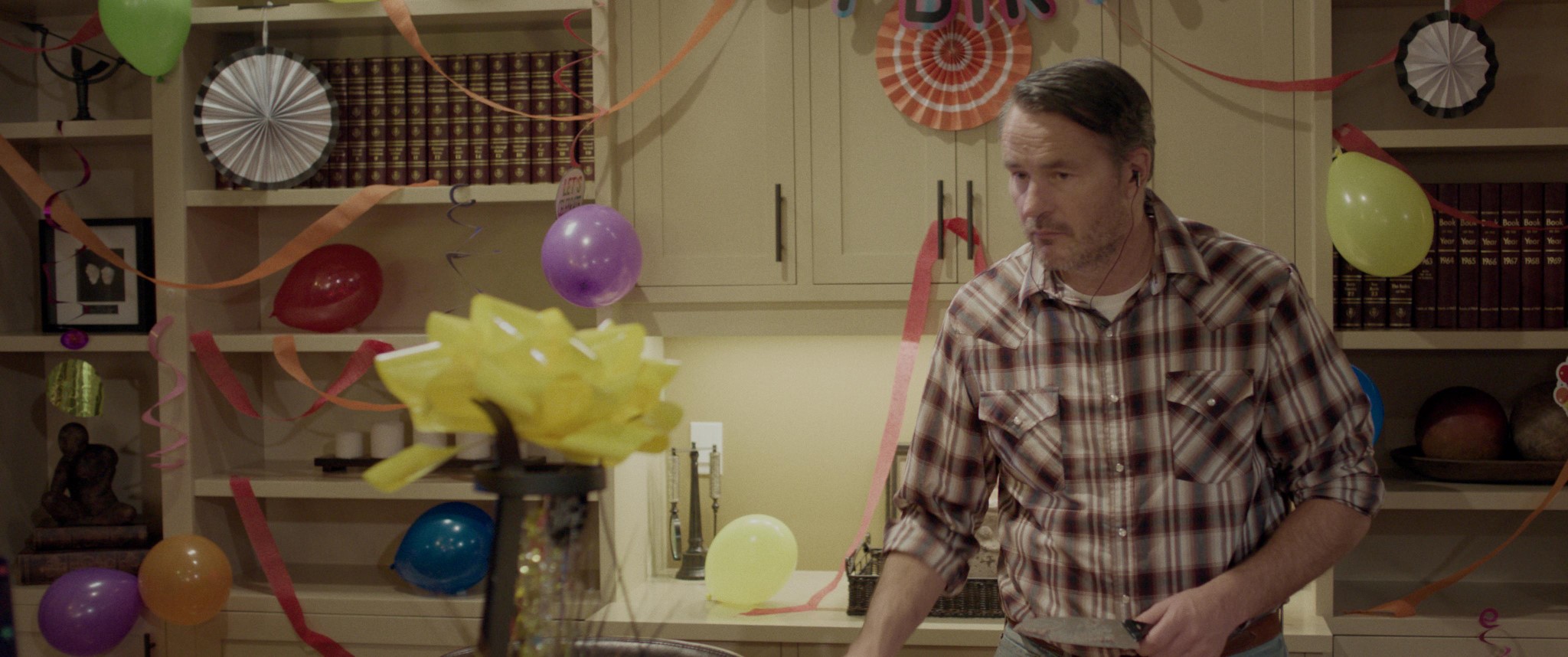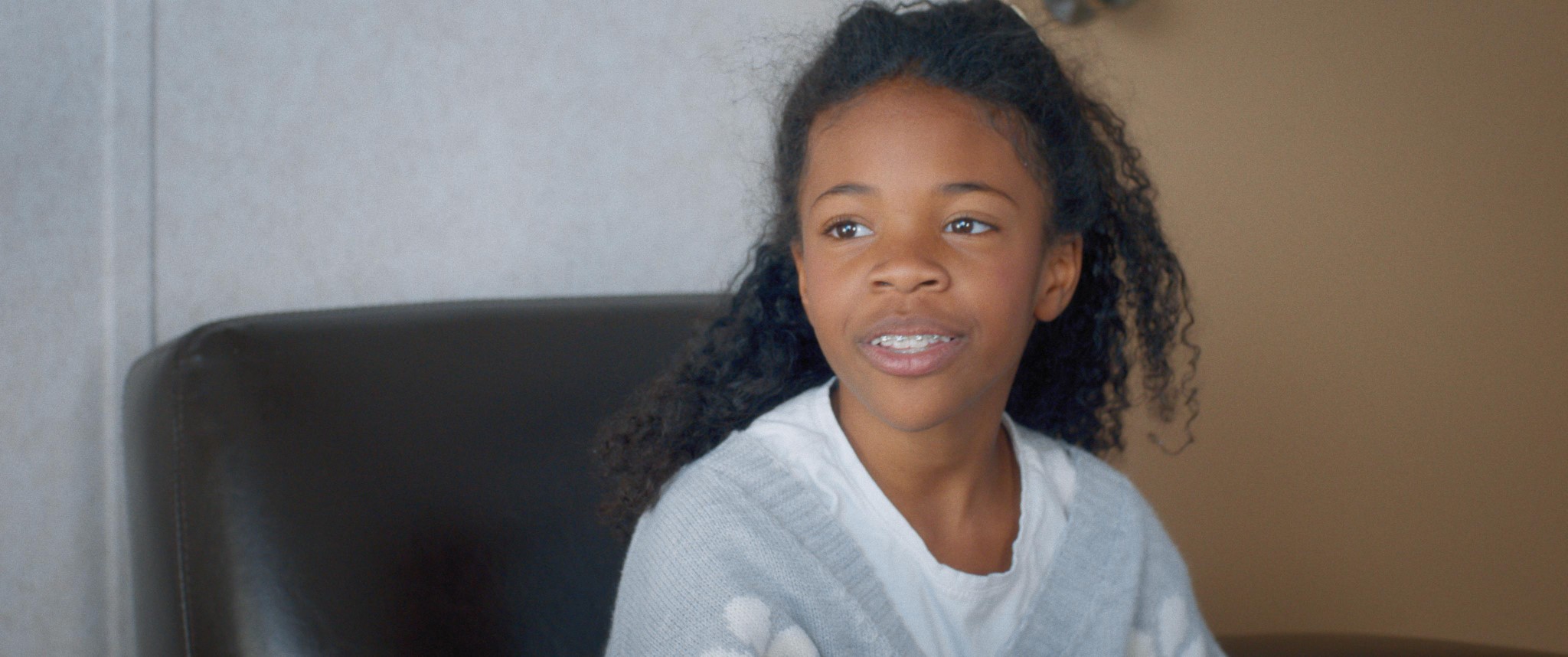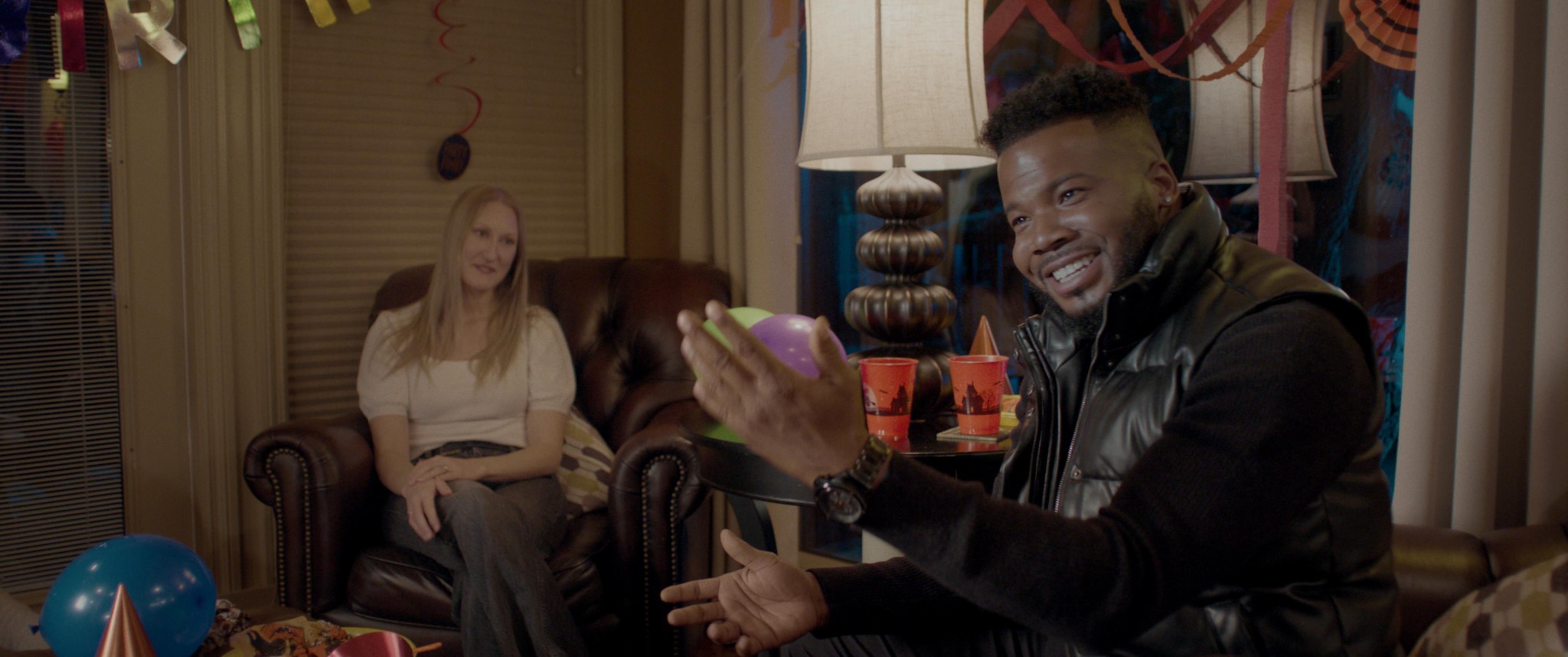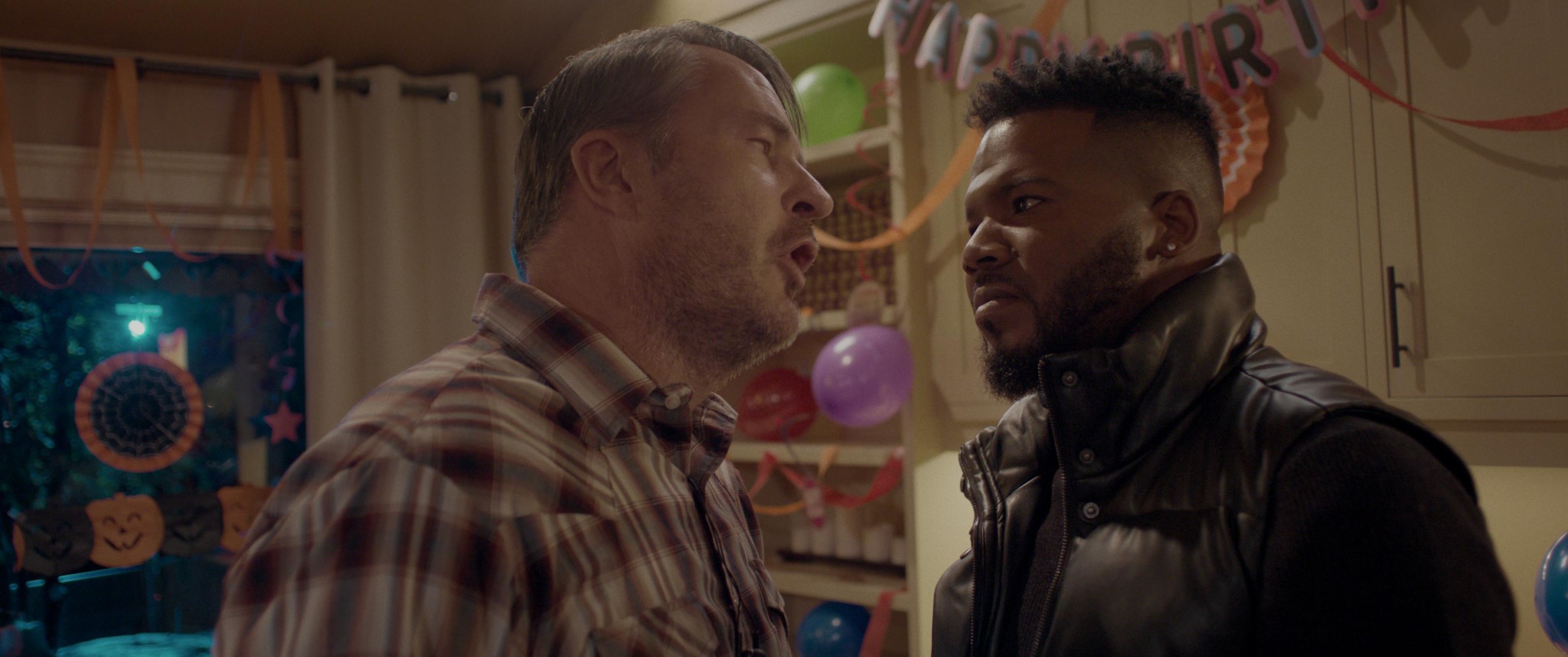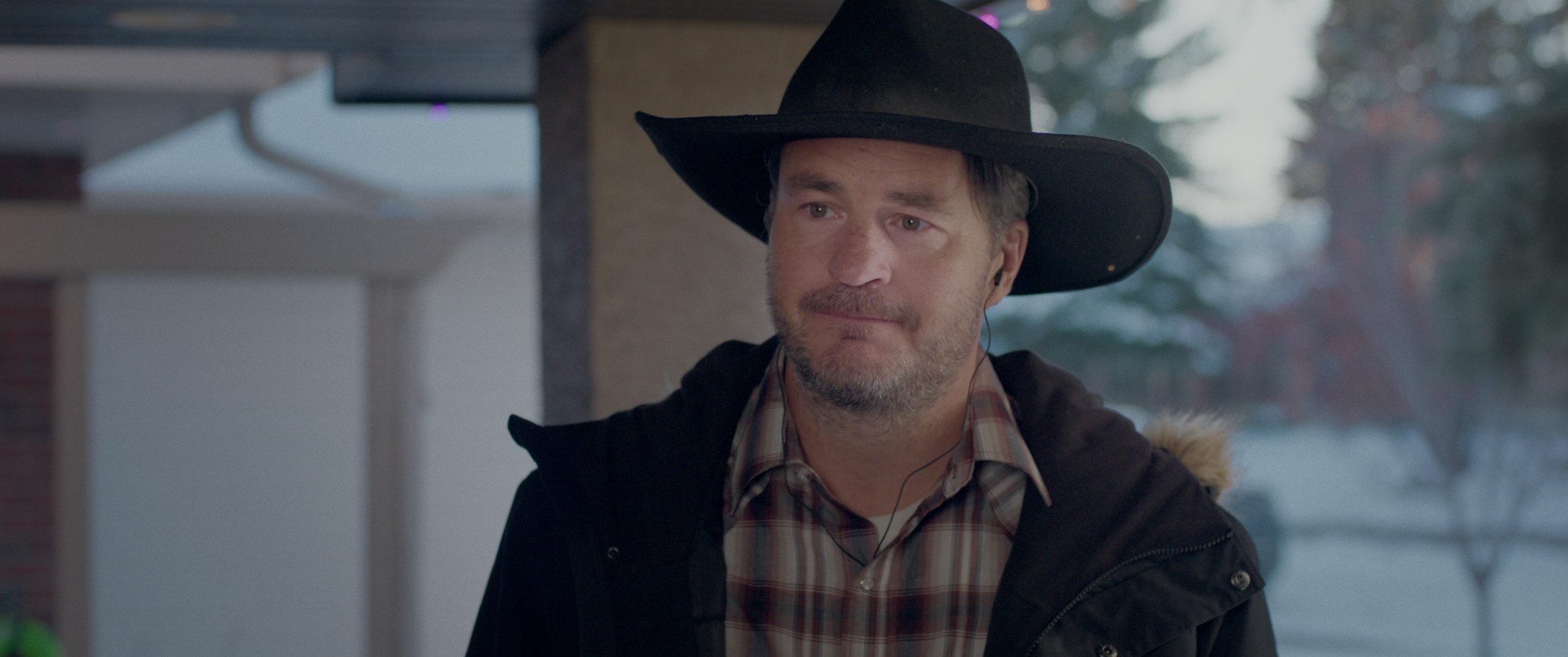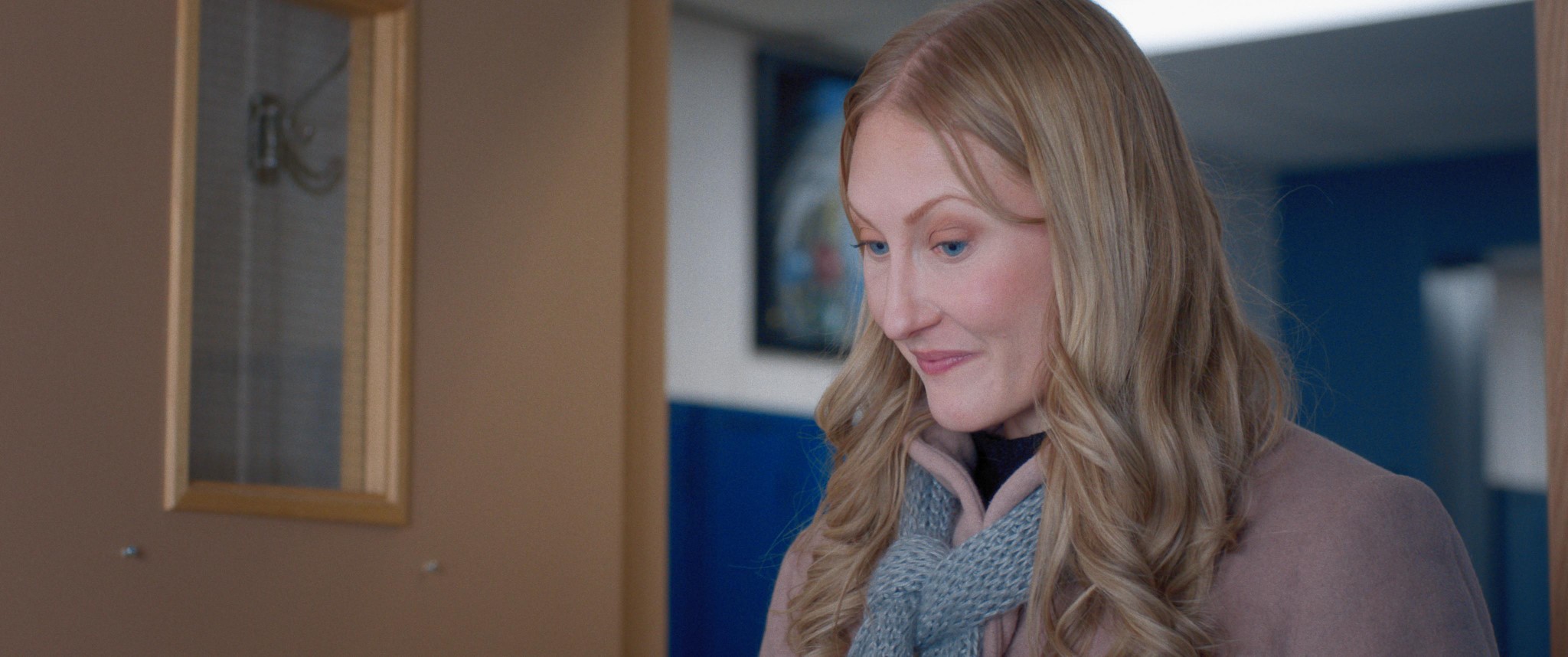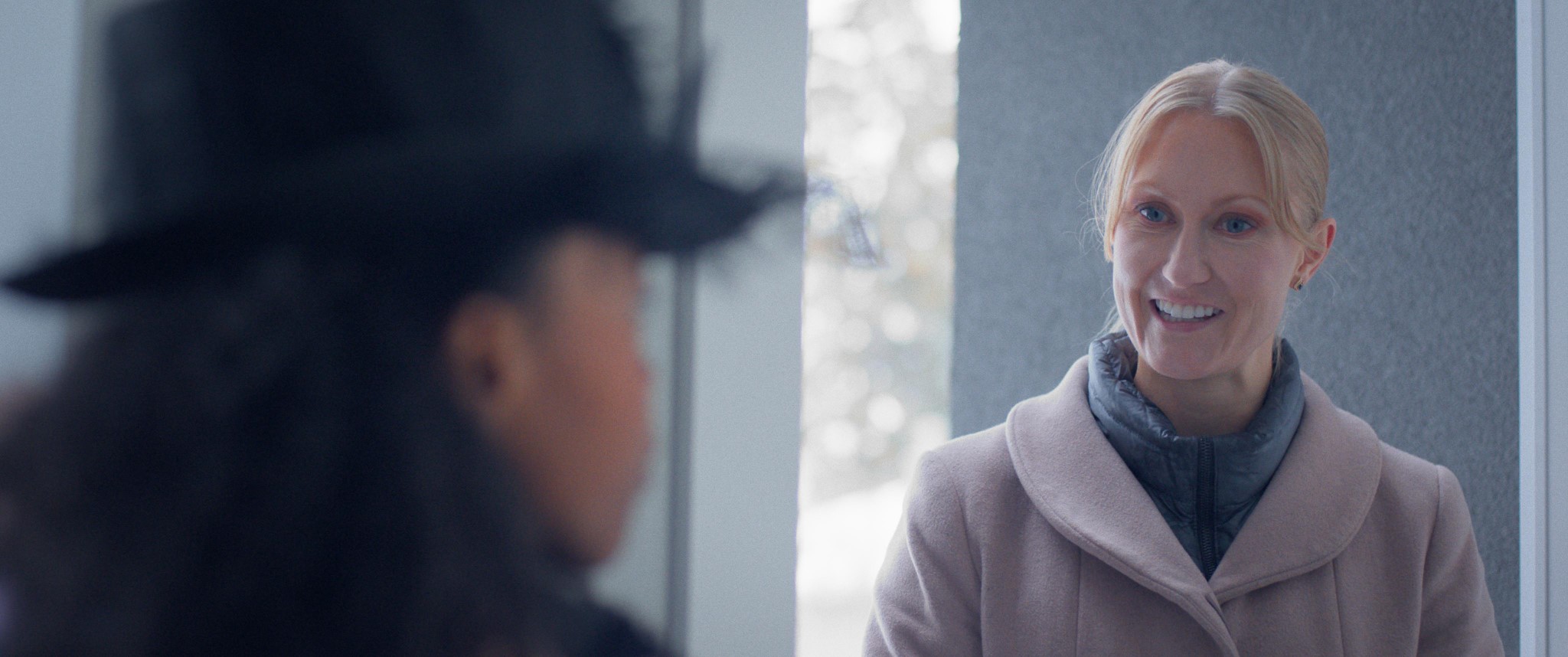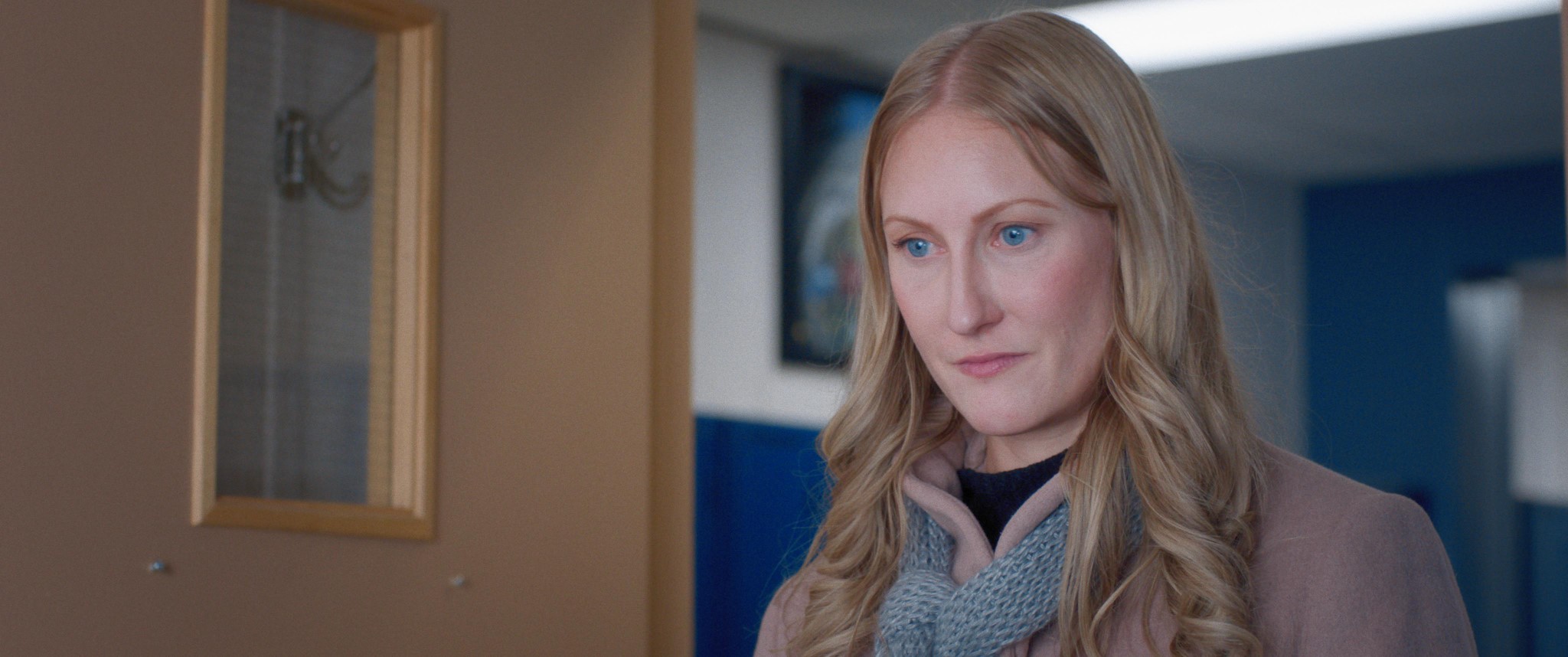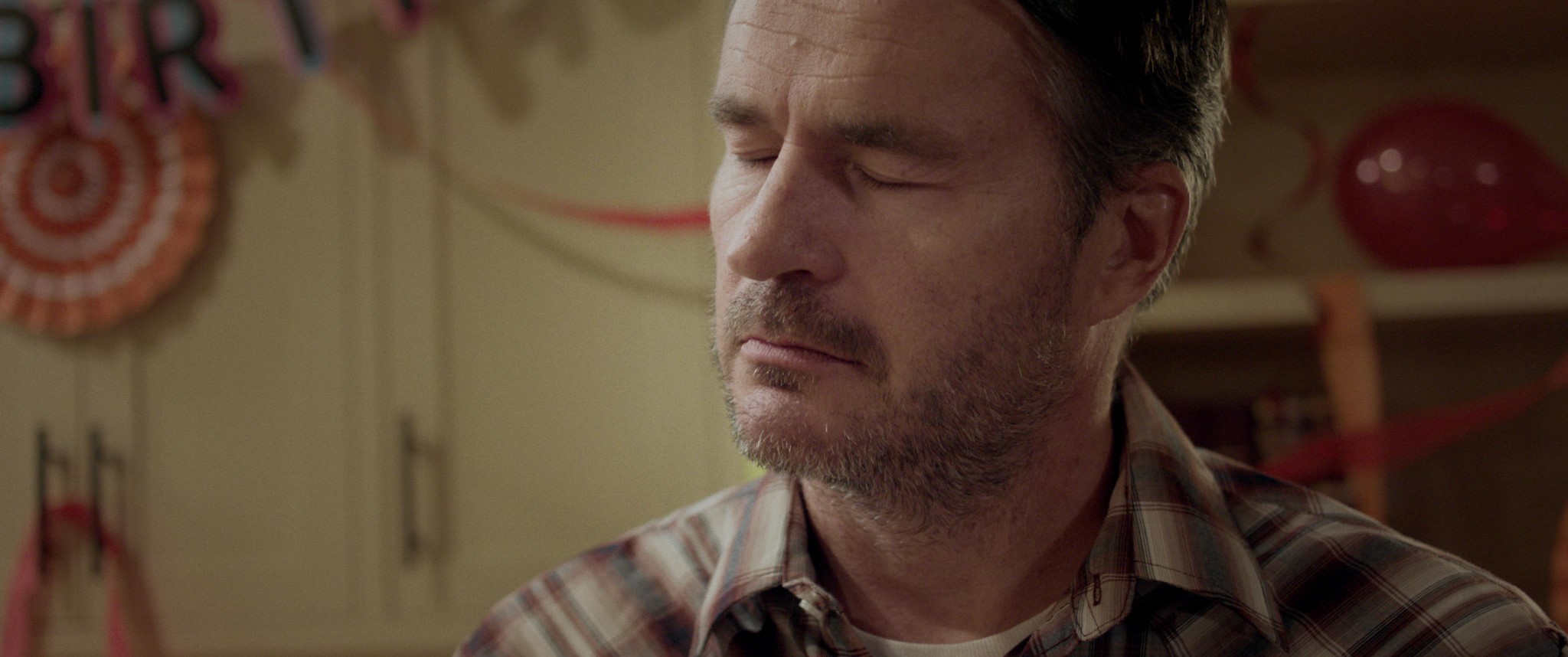HATS
SHORT FILM
COLOR / VFX
YEAR: 2023 CLIENT: AMMOLITE ENTERTAINMENT
Hats is a captivating short film that delves into the complex dynamics of a strained family relationship. This family drama explores themes of racism and the capacity for personal transformation. The narrative unfolds through the perspectives of a father, daughter, and granddaughter, offering a poignant examination of the power of change and reconciliation.
As the dedicated colorist for Hats, my primary responsibility was to meticulously color correct and grade the film. This crucial task aimed to add the final layer of visual nuance and ensure that the audience experiences an accurate representation of the original cinematography.
To maintain the film's narrative clarity, I employed a distinct color grading strategy. Given the presence of multiple timelines within the story, I used varying color grades to distinguish between them, enhancing the audience's understanding of the narrative structure.
While most of the footage was straightforward to grade, Hats presented unique challenges. Several scenes required extensive color manipulation due to suboptimal lighting conditions. Nonetheless, my experience and skills allowed me to maintain a consistent color grade throughout the film.
The film's color palette was carefully tailored to complement its emotional arc. It evolved from cool tones at the beginning, transitioning to a desaturated look for past sequences, and culminating in a warm and inviting palette featuring yellows and reds in the final scene.
Collaboration played a pivotal role in the success of Hats. I worked closely with the film's editor, Chad Blain, and the Director of Photography, Chase Gardiner, to ensure that the color grading seamlessly integrated with the overall vision of the project.
Grading ARRI Alexa footage provided an exciting challenge and opportunity to work with the extensive dynamic range offered by LogC4 footage, enhancing the visual quality of the film.
I adopted a fresh approach to my color grading practice while working on Hats. Embracing an emergent style, I allowed the film to evolve organically, exploring different looks for each scene, rather than adhering to a rigid and predetermined color grading style.
COMPARISON SHOTS
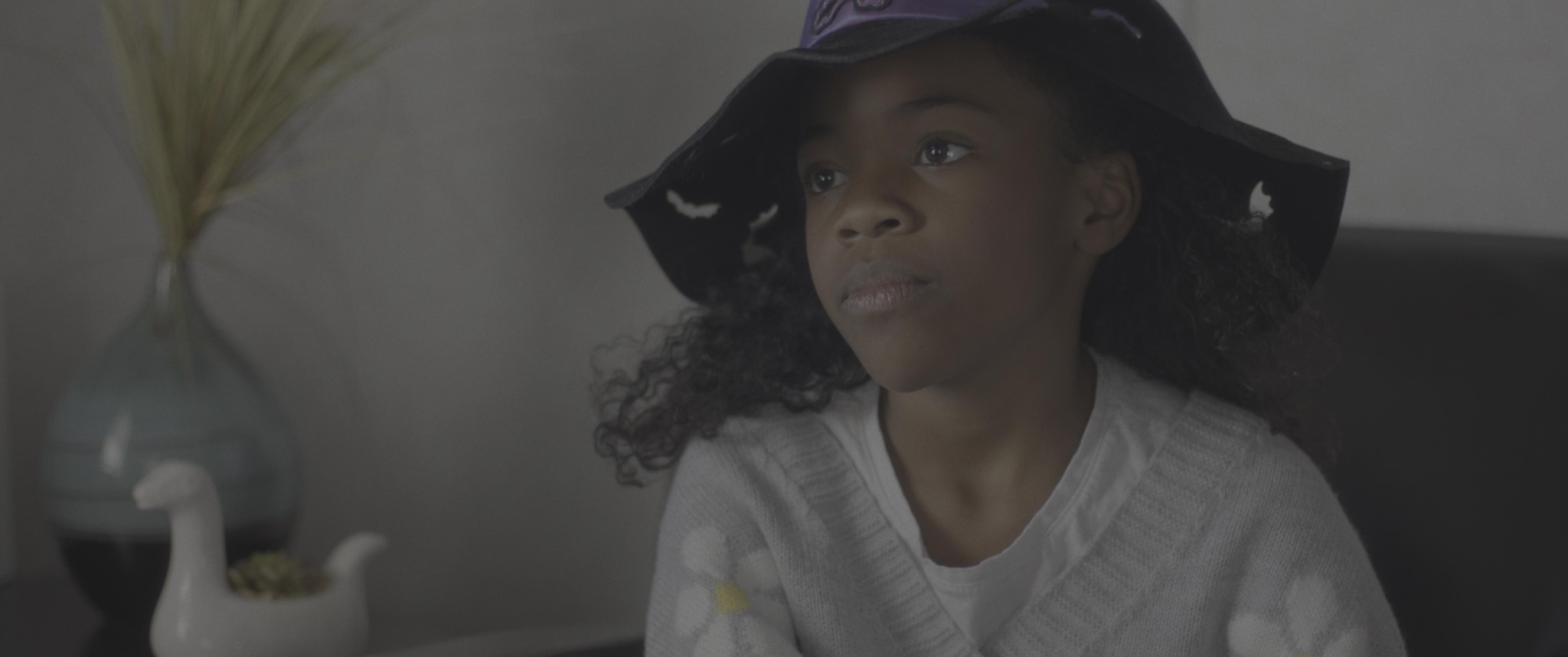


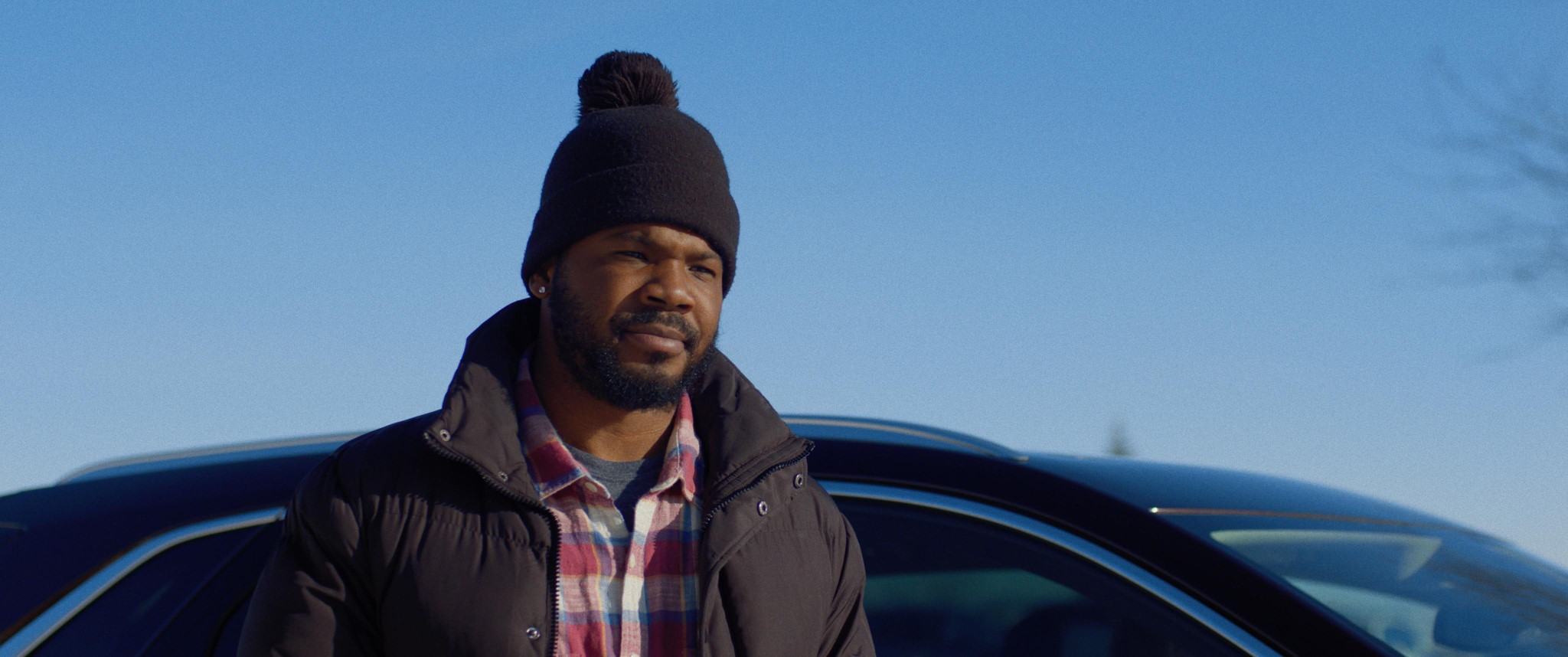











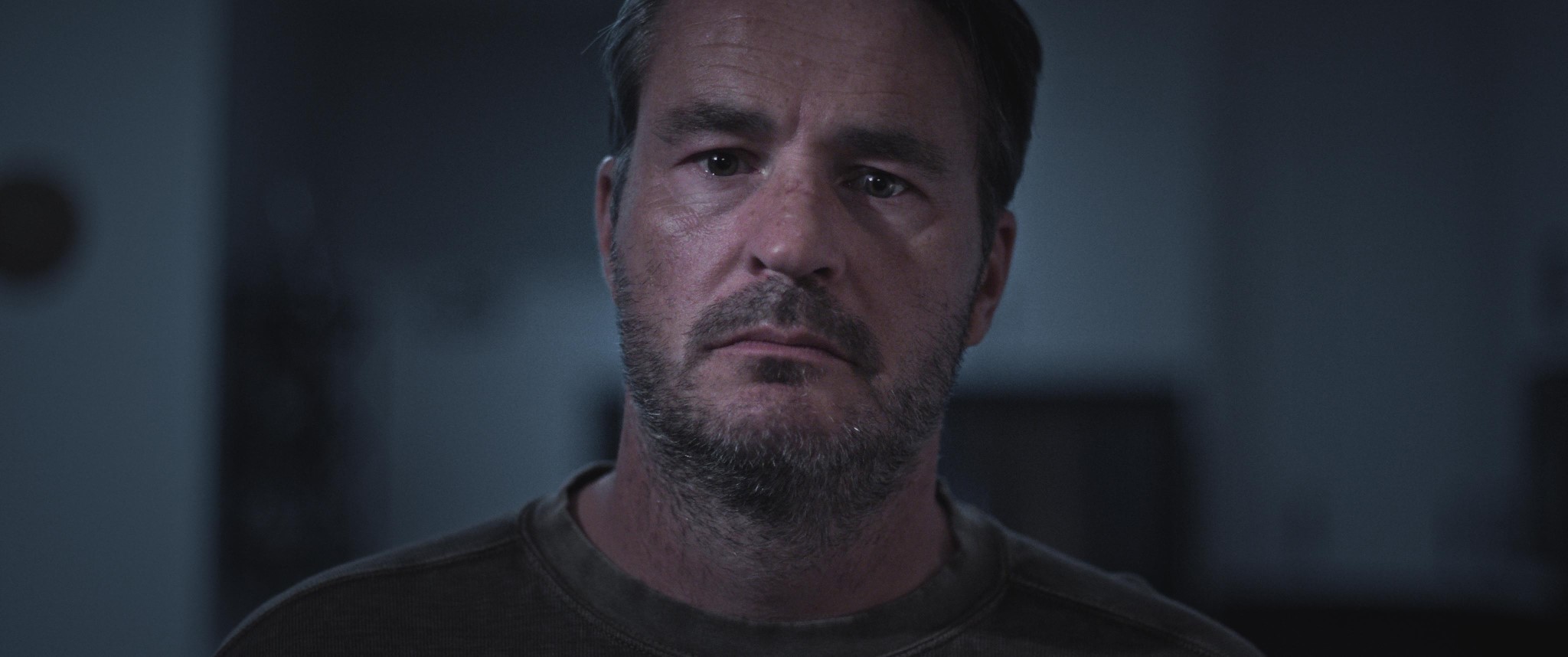
COLOR GRADE PROCESS
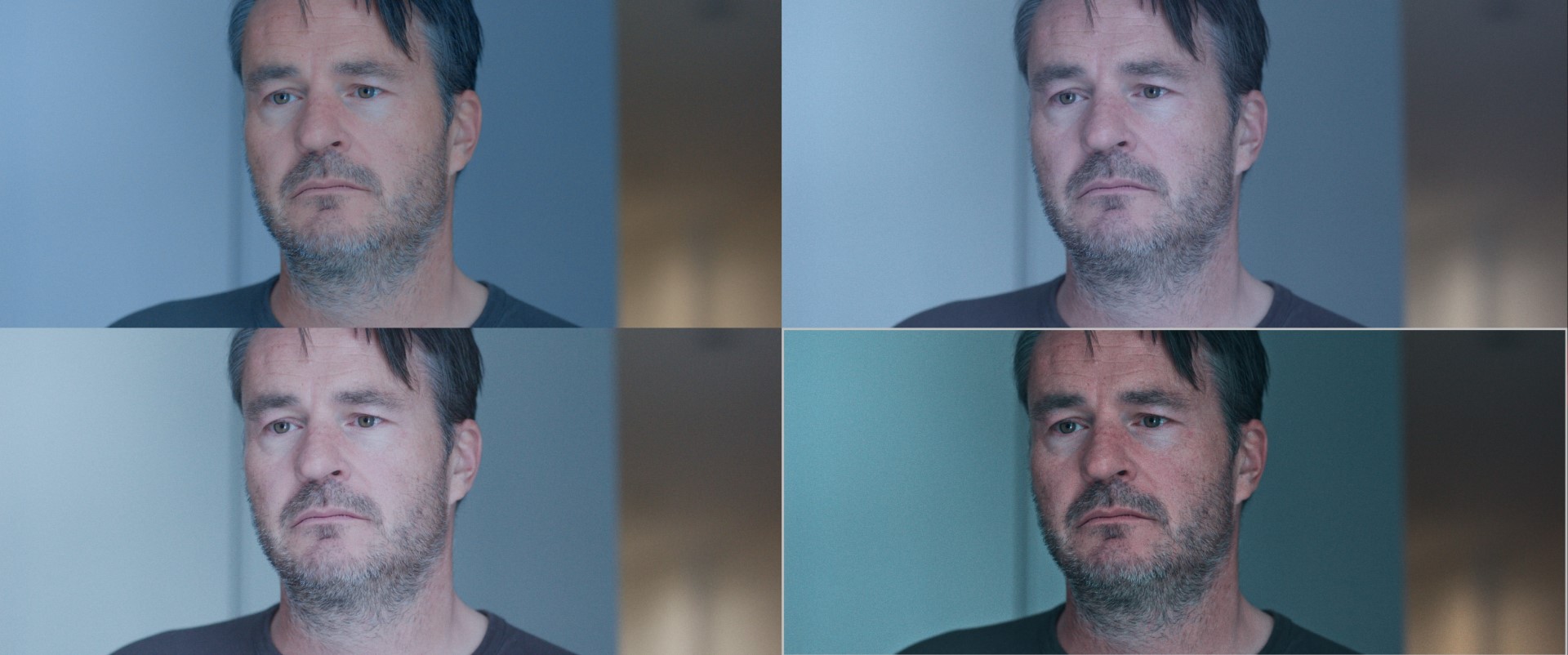
Here is an example of some of the thought process that goes into creating a look.
I like to give the client some options to choose from and then go in the direction that fits the film.
We ended up going with the most natural look out of the bunch, but still a good exploration to do.

